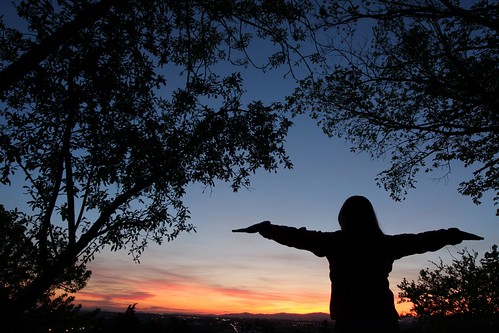De insight into the intermediate nuclear migration defect. Some nuclei within the unc-84(P91S) mutant background migrated commonly, whereas other individuals failed. Of the failed nuclei, several initiated migration ordinarily before stopping part way through, whereas other people failed to move at all. Of interest, we didn’t see slow-moving nuclei in unc-84(P91S) embryos; the nuclei that did move did so similarly to wild-type nuclei. Our proposed model is shown in Figure eight. In this model, KASH SUN bridges serve as molecular bolts through the nuclear envelope to MedChemExpress GW274150 transfer forces generated within the cytoplasm across the nuclear envelope. UNC-83 on the cytoplasmic surface of your nuclear envelope interacts with microtubule motors kinesin-1 and dynein (Meyerzon et al., 2009a; Fridolfsson et al., 2010). The forces generated by the motors are transmitted across the outer nuclear membrane by UNCVolume 25 September PubMed ID:http://www.ncbi.nlm.nih.gov/pubmed/21266802 15,83 and then towards the SUN protein UNC-84 by way of an interaction in between KASH and SUN domains (Sosa et al., 2012; Tapley and Starr, 2013). Finally, UNC-84 spans the inner nuclear membrane (Tapley et al., 2011) and interacts with lamin (Figure two) to finish the connection amongst the cytoskeleton for the nucleoskeleton (Figure eight). On the other hand, the level of force that can be transferred across the nuclear envelope by the KASHSUN molecular bolt with no stabilization by an interaction with the nucleoskeleton is limited. It really is beneficial to consider of this complicated as analogous to a nut and bolt in drywall, exactly where the interaction of UNC-84 with nucleoskeletal components dissipates forces across a larger area along the inside of your wall, lowering the likelihood of failures below tension. In our model, LMN-1 functions as a key element with the molecular nut and washer to dissipate the forces transmitted across the KASHSUN bolt to structural components inside the nucleus. The LMN-1 nut and washer are only as strong because the interaction together with the UNC-84 nucleoplasmic domain on the bolt. If the UNC-84LMN-1 interaction fails, as inside the UNC-84(P91S) mutant, the nucleus could continue to migrate for some time with out lamin serving as a nut and washer. Nevertheless, at some essential point the forces are as well robust, as well as the KASH SUN bolt is catastrophically detached, top to a failure in nuclear migration. The stability of the bolt is determined by quite a few variables. It is hence hard to predict when the KASHSUN bridge will fail, explaining why some UNC-84(P91S) nuclei fail in the initiation  ofSUN amin interactions to move nucleiFIGURE 8: Nut-and-bolt model for nuclear migration. Cartoon of the KASHSUN nuclear envelope bridge during nuclear migration. UNC-83 is shown in blue, using the KASH peptide in teal. UNC-84 is shown with all the SUN domain in red, the domain spanning the perinuclear space in black, plus the nucleoplasmic domain in yellow. The green asterisks indicate the P91S mutation in UNC-84. LMN-1 is shown in dark blue and SAMP-1 in fuchsia. Microtubule motors are shown in black and white interacting with a single microtubule in orange. Question marks symbolize open questions relating to protein interactions.nuclear envelope to chromatin (Simon and Wilson, 2011). It truly is consequently unlikely that lamin B will be the only element from the molecular nut and washer that dissipates forces throughout the nucleoskeleton in the course of nuclear migration. Obvious candidates to participate with lamins through nuclear migration include the LEM proteins, Baf, and Ima1NET5Samp1. In C. elegans, mutations in baf-1 or double m.
ofSUN amin interactions to move nucleiFIGURE 8: Nut-and-bolt model for nuclear migration. Cartoon of the KASHSUN nuclear envelope bridge during nuclear migration. UNC-83 is shown in blue, using the KASH peptide in teal. UNC-84 is shown with all the SUN domain in red, the domain spanning the perinuclear space in black, plus the nucleoplasmic domain in yellow. The green asterisks indicate the P91S mutation in UNC-84. LMN-1 is shown in dark blue and SAMP-1 in fuchsia. Microtubule motors are shown in black and white interacting with a single microtubule in orange. Question marks symbolize open questions relating to protein interactions.nuclear envelope to chromatin (Simon and Wilson, 2011). It truly is consequently unlikely that lamin B will be the only element from the molecular nut and washer that dissipates forces throughout the nucleoskeleton in the course of nuclear migration. Obvious candidates to participate with lamins through nuclear migration include the LEM proteins, Baf, and Ima1NET5Samp1. In C. elegans, mutations in baf-1 or double m.
